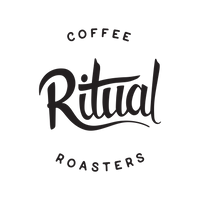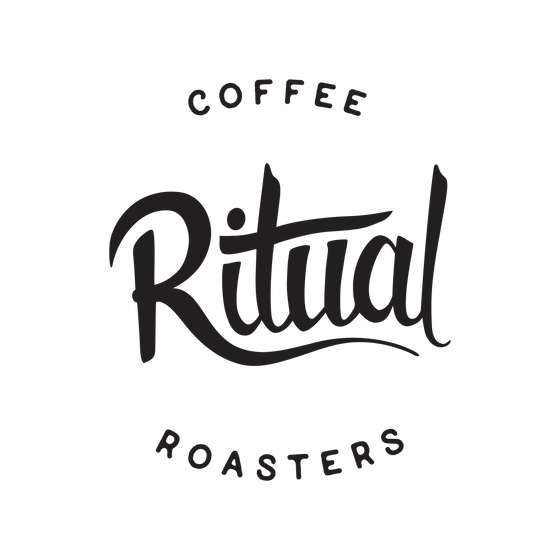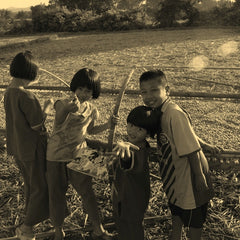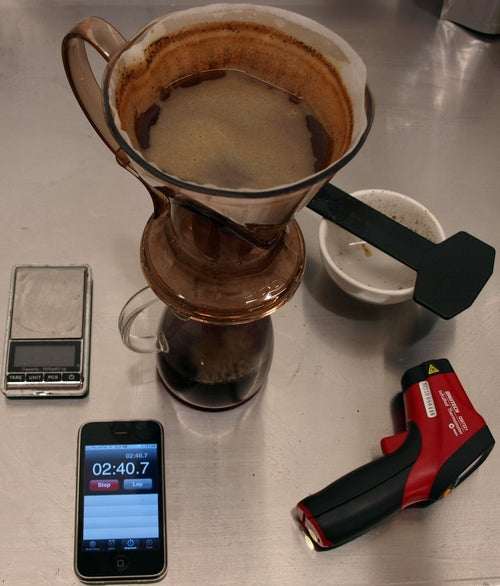The Coffee Quality Myth
By Stuart Grant
Here are some thoughts that seem to have crystallised during this trip to Thailand. (Warning: long post, no pretty pictures.) Our company identifies itself as being part of the "specialty coffee" movement.
What is Specialty Coffee?
Specialty coffee buyers focus on coffees that are of a measurably better-than-usual standard; from a consumer point of view it is a little murky, but it generally means a focus on things such as:
- where the coffee came from & how it was grown;
- what unique flavours & characteristics you might find in it;
- how the coffee was prepared & how that influenced the flavour.
A key tenet of the specialty coffee scene (as I see it) has always been "promote quality, reject mediocrity". In a café, this would mean re-making a coffee that wasn't quite right the first time; in a roastery it means taking the time to discover the best way to roast a certain bean to elicit exactly the flavour/characteristics you want from it. In both cases you're likely to waste coffee based on that standard. This waste, of course, is justified, because you want (need?) to show the consumer exactly what's possible in terms of quality.
The Reality of Coffee Farming:
When you apply this principle to coffee farming, you get the same result: waste. The reality is that no coffee farm is going to produce 100% of their coffee at whatever standard the specialty coffee industry requires of it. To give a few examples of this:
- coffee from the beginning and end of the harvest is always lower in quality than peak harvest, regardless of how diligent farmers are.
- a percentage of coffee picked will be less-than-ideally ripe, regardless of how diligent the pickers are.
- each coffee farm or estate or program will have inferior sections, in terms of the altitude, or coffee varieties, or microclimate.
- the best coffees pass through numerous stages of "grading" - as cherries, parchment, and beans, there is a natural level of attrition leading to the best lots - the remainder is sold off as a lower grade coffee.
Put these (and other) factors together, and you can see that even the best operation will only ever produce 70-80% of its coffee at the elusive "specialty" level. The rest is "waste".
What Happens to the Waste?
Other people drink it. Not discerning people such as yourselves, of course. But someone drinks it.
Case Study: Thailand:
Let's pretend you're a specialty coffee buyer visiting ITDP in Thailand, and that your singular requirement is quality
. There are over 30 villages growing coffee for ITDP. Your first decision might be to rule out many of them based on geography (eg. those below 1000m asl). Likewise, you might choose to rule out any of them growing only the Catimor variety - common here in Thailand because it is resistant to coffee leaf rust, but known to be potentially mediocre in the cup. That would leave you with only a handful of villages to choose between. Next you would want to witness cherry selection during coffee harvest. If it wasn't up to your standard, you would either demand improvement, or leave and find a better village. If you found somewhere harvesting good cherry, you would need to see how it is processed. What method are they using? Is their infrastructure clean and in good repair? Do they have enough capacity to maintain standards during the busy peak harvest? Assuming you found a village you wanted to buy coffee from - let's say 2 tonnes - you would have waded through over 90 tonnes of coffee to get there. That's 90 tonnes of coffee that you have (directly or indirectly) rejected. But you get a warm fuzzy feeling for your pioneering "direct trade" work, so that's nice, isn't it. Meanwhile several hundred farmers - who have no access to knowledge about what you were looking for in the first place - are left scratching their heads, and need to find another prospective buyer.
Conclusions:
Here's what I'm NOT saying: "you should buy bad coffee to help poor people". What I am saying is that sometimes the relentless pursuit of quality becomes wildly unrealistic. There needs to be more acknowledgement that specialty coffee is part of a wider market, and that perhaps it is incumbent upon us to help develop quality, rather than just reap the benefit of it. A great example of this would be Tim Wendelboe's work with Finca Tamana in Colombia. Read up if you haven't checked this awesome project out. I am definitely NOT saying that a focus on quality is a bad thing. I have blogged repeatedly about how promoting quality is the very best way of helping coffee farmers create a sustainable income. But, to return to our case study of Thailand, we are working with ITDP here because of the potential for great coffee AND great outcomes for hill-tribe coffee farmers - not because we drank a mind-blowing coffee from here one time. I hope I haven't created a "straw man"
here - hopefully other people can relate to this? As always, I'm very happy for this post to start a discussion rather than remain a soapbox (which I am hurriedly stepping down from now).
Footnotes:
1. For example, the Cup of Excellence program draws a line in the sand at 85 points on their scale (as judged by skilled cuppers).
2. Emilio Lopéz Díaz, of Beneficio El Manzano in El Salvador, states as much in this video, to give one example. Another is Crop to Cup's Whole Crop project in Burundi.
3. A "straw man" is a type of argument where someone creates a point of view simply so they can contradict it when, in reality, no one actually has that point of view.







































